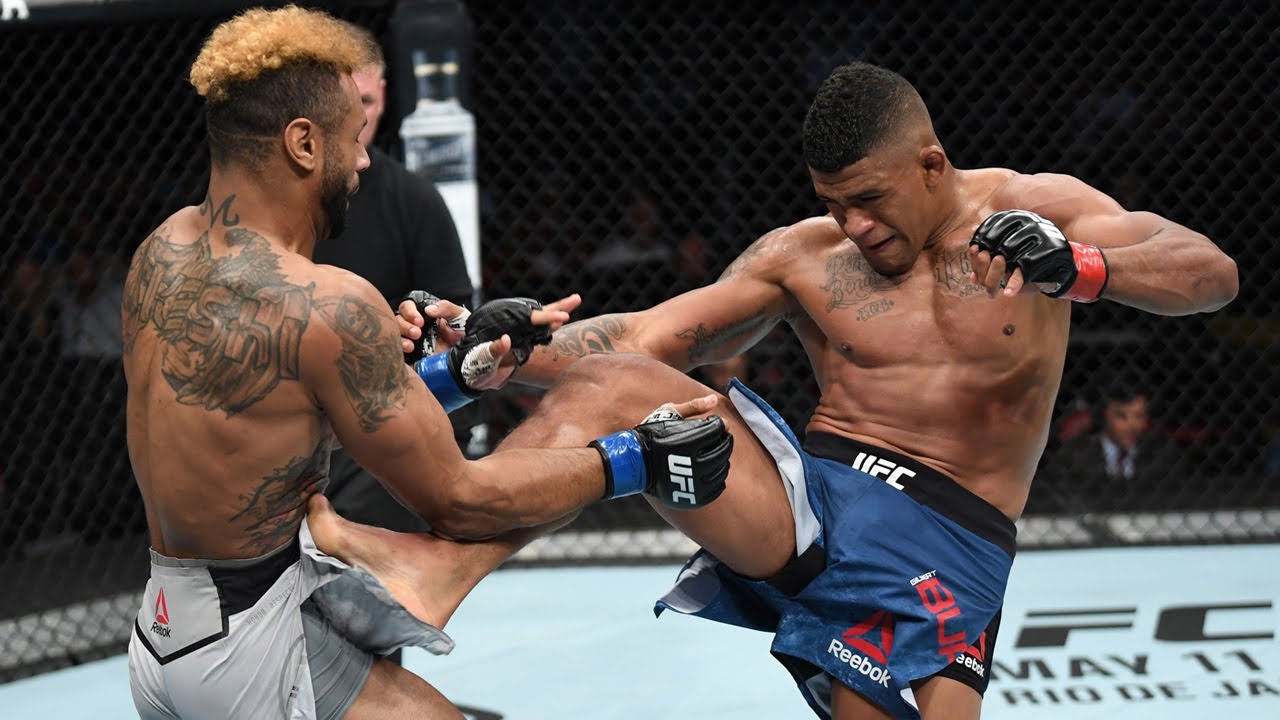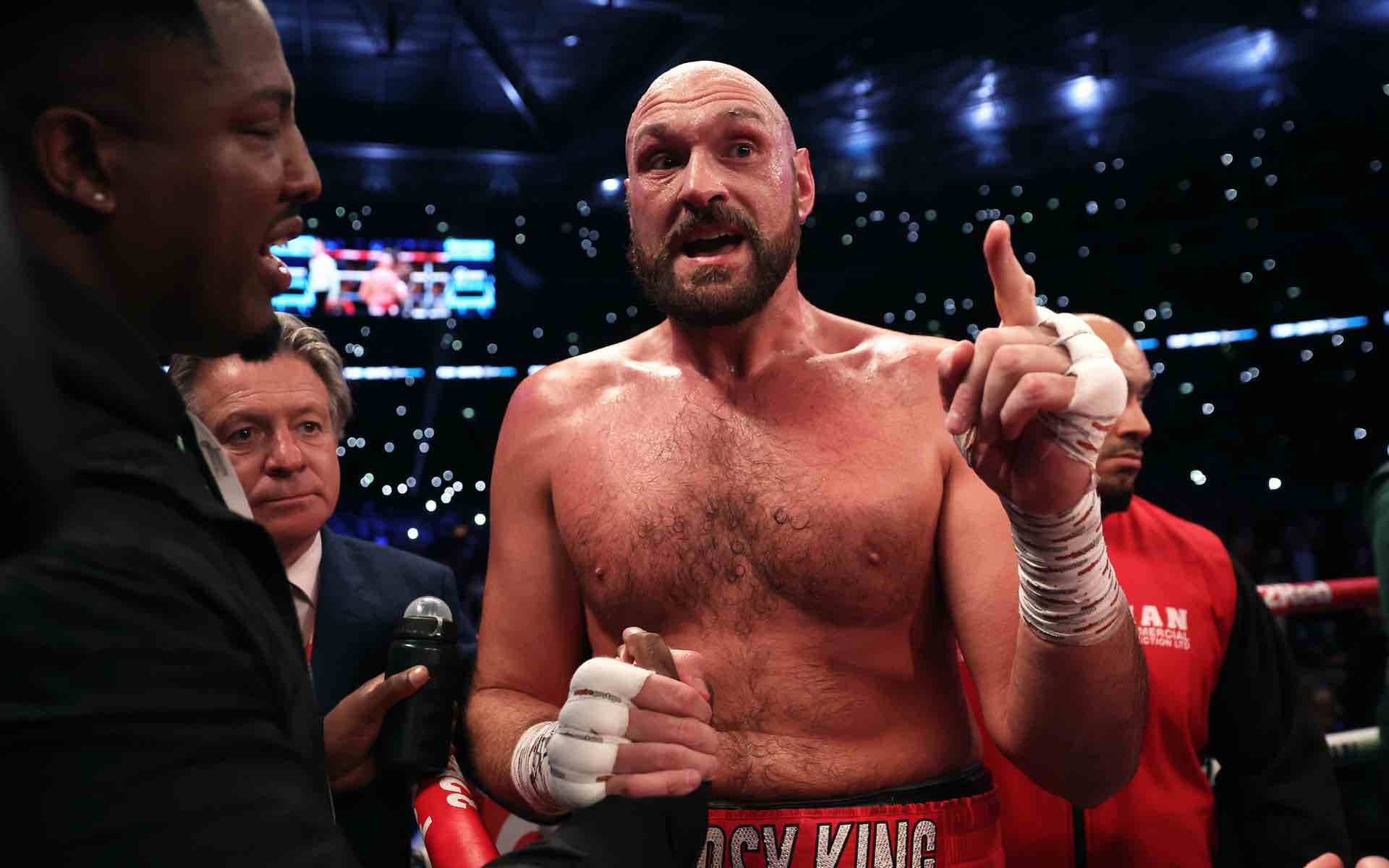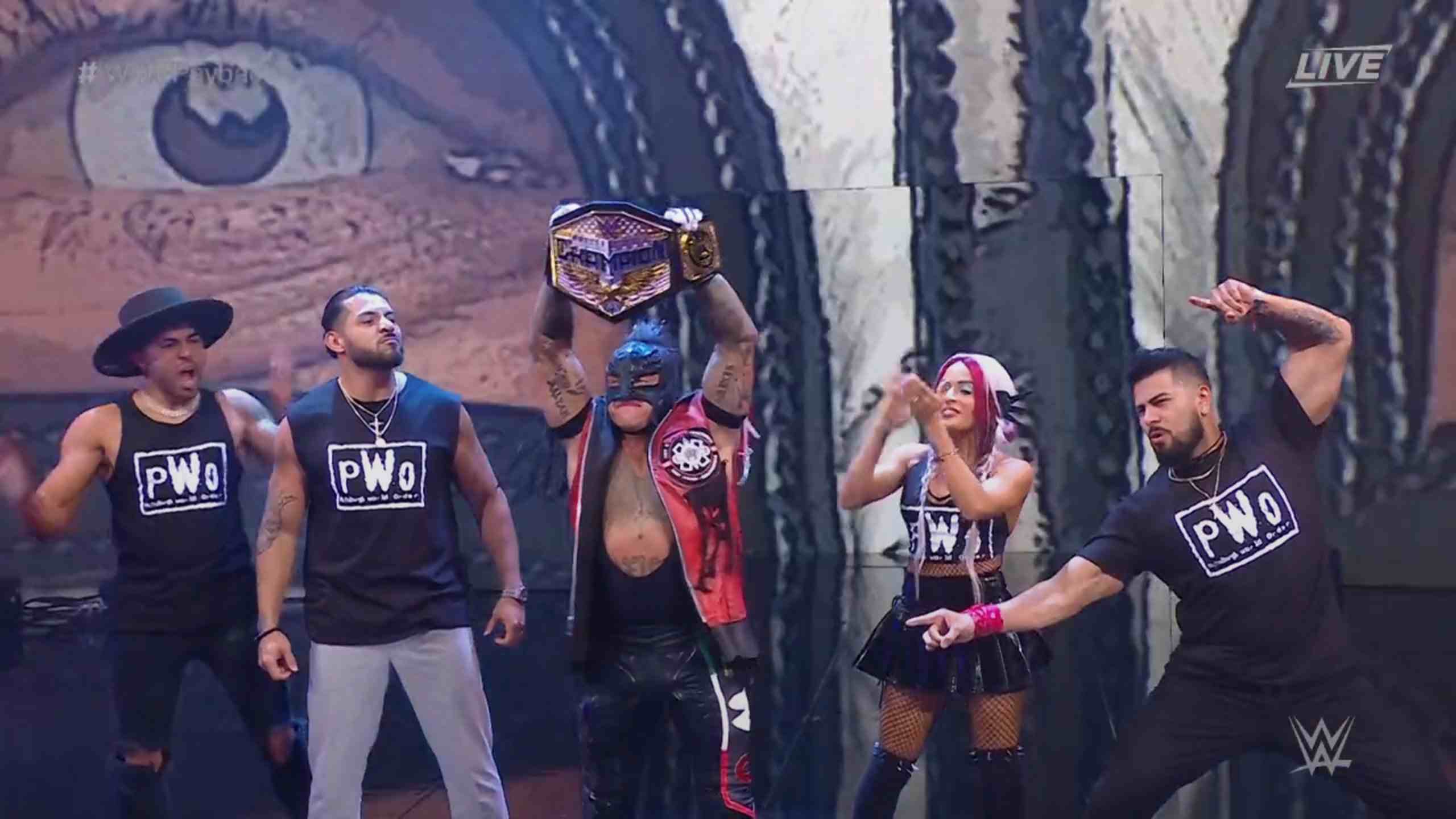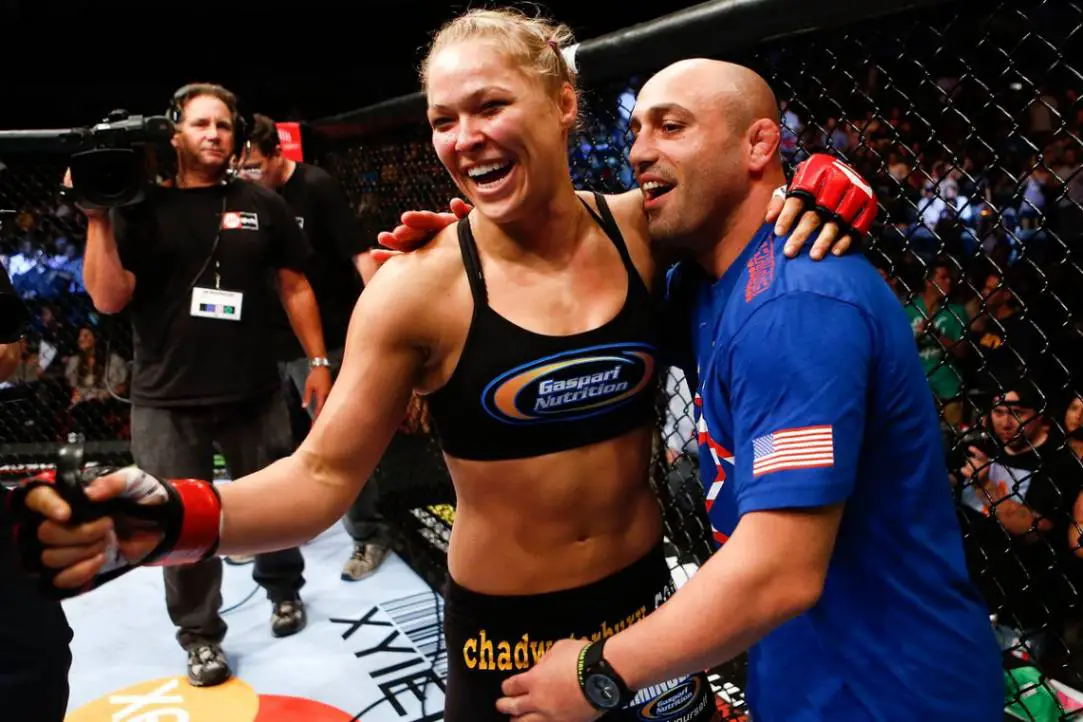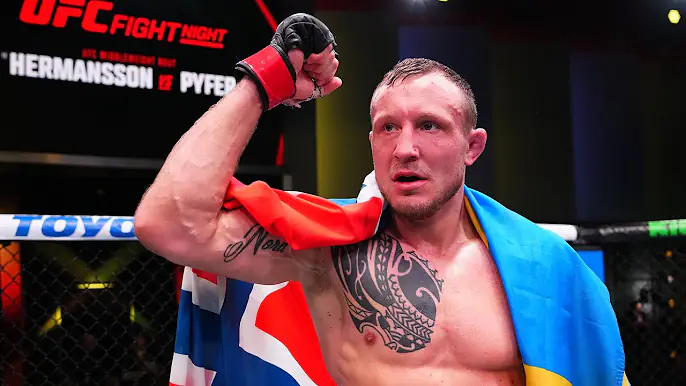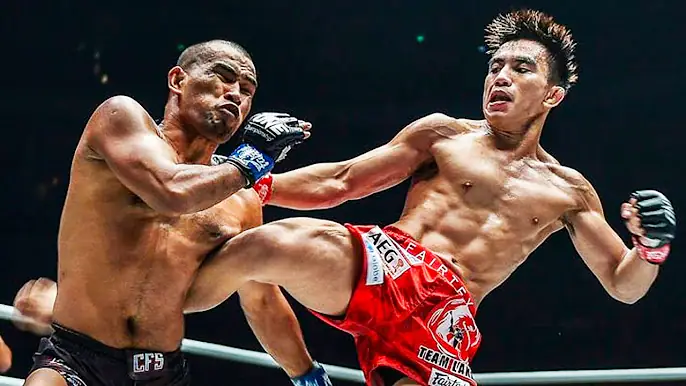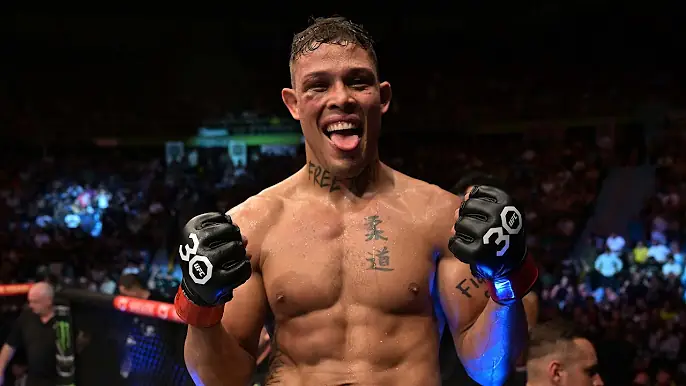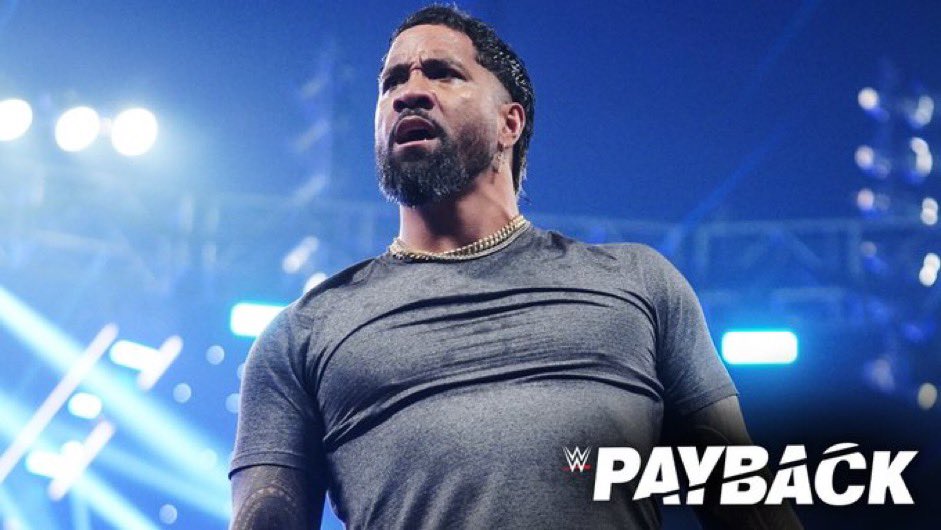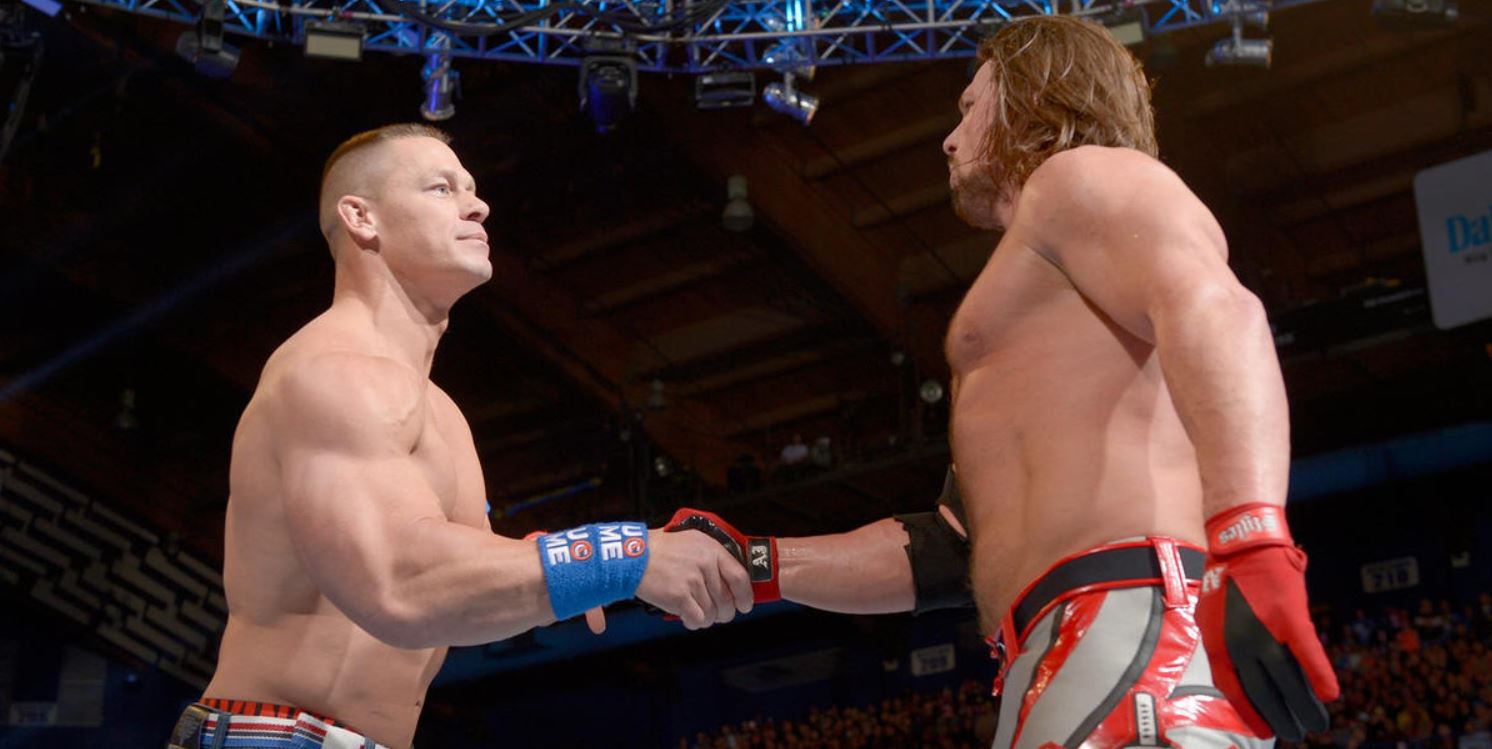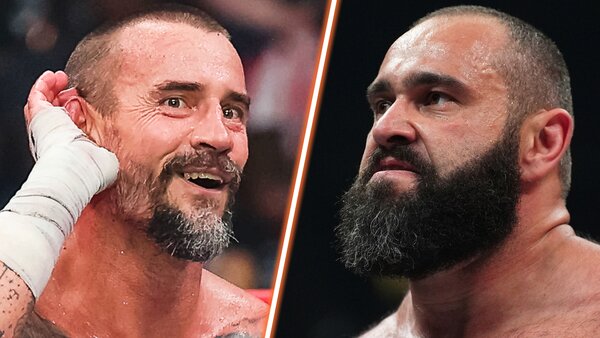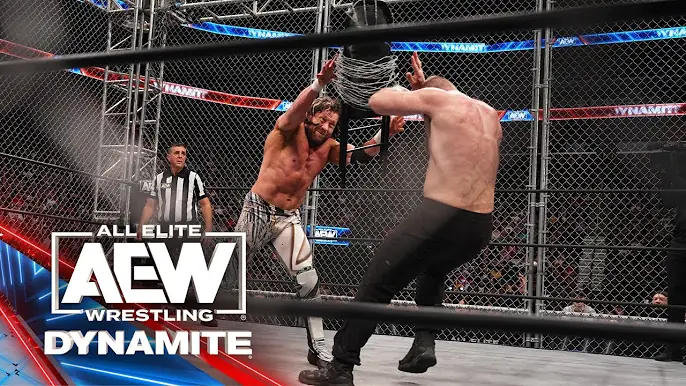Shocking Truths behind MMA Fights: Inside and Outside the Cage
MMA is a sport that has its focus in action, intensity, and passion. With millions of fans in all corners of the globe watching athletes throw down in some of the harshest, most scientific fights in existence, it’s not surprising that MMA has been regarded as some of the most basic form of competition. However, there are some facts hidden both within and outside the cage that most fans may not know. These truths show the ‘ugly’ side of the sport, the unbelievable amount of effort that is put in by fighters, and the layer of politics, business, and deception that is present in the MMA.
Weight Cutting: The Dangerous Gamble
Perhaps one of the hardest to swallow facts about MMA is how far fighters are willing to push themselves when it comes to weight cutting before a bout. Weight-making has slowly been embraced by MMA fighters across the board, with the athletes shedding between 20 and 30 pounds in the final lead-up to a bout. This sort of weight loss is often done by methods such as fasting, taking very little food, or even having a session in the sauna where the main aim is to lose as much weight as possible. It is used to reach a lighter weight category and then gain the weight back in order to have a size and power edge in the course of the bout.
However, the effects of weight cutting are risky and, at times, fatal. Some of the fighters have been admitted to hospitals as a result of dehydration, and in other occurrences, weight cutting has been the cause of death. In 2013, Brazilian MMA fighter Leandro Souza died only several hours before a weigh-in because of the attempts to cut weight with the help of diuretics and excessive dehydration. Although people are becoming more conscious and the UFC is trying to control the weight-cutting practices, the fighters still compromise their health for the weight limit.
Further, the psychological impact of weight cutting is enormous, and this is one of the reasons that athletes have to be very careful when practicing this method. Combatants spend days without food and are always tired and stressed, all of which may impact their performance in the ring. The sad reality is that weight-making causes the athletes to endanger their long-term health for the short-term victory; it becomes a cycle of self-abuse.
The Awful Cost of Wounds
Pain and trauma are not exclusive to MMA fighters but are a regular occurrence in any martial art combat, but the level of pain the MMA fighters endure is often not documented. It is crucial to understand that inside the cage fighters get fractures, dislocations, tears, cuts, and concussions. However, what many fans do not know is that most fighters go into the cage with injuries that they have sustained.
Most MMA training camps involve rigorous training that continues for months before a fight, and this often results in injuries. Athletes often ignore pain and practice with injured limbs, strained muscles, and at times even fractured limbs, all in a bid not to withdraw from a fight. The temptation to perform and win, especially for those fighters who are in the lower tier and who are fighting for the money, is very high. Indeed, it is not a secret that fighters can fake injuries from the doctors and athletic commissions during the pre-fight medical examinations, and they are afraid of being taken out of a fight and losing their paycheck.
That is why, after most of the fights, fighters take so long to recover from their injuries. Some injuries are plain to see, like Anderson Silva’s leg break during his fight with Chris Weidman in 2013, while others are internal and just as painful. Neurological disorders such as chronic traumatic encephalopathy (CTE), a brain condition that is as a result of repeated blows to the head, are on the rise in MMA with fighters like Spencer Fisher and Gary Goodridge who have opened up on how they suffer from memory loss, depression, and other cognitive problems. The bitter reality is that many fighters are actually giving up their future well-being for a short-term career in a sport that takes a toll on the physical and mental health of the fighters.
Financial Struggles: The Reality of Fighter Pay
Thus, despite a tremendous increase in the popularity of MMA, especially with the help of the UFC’s globalization, the problem of fighter remuneration remains one of the most heated topics in the world of combat sports. Whereas the stars like Conor McGregor and Khabib Nurmagomedov have been making millions of dollars from the fights as well as the endorsements, the story is very different for most fighters. Most of the fighters that fight in UFC are paid between $10,000 and $20,000 for a fight, and some are even paid less.
In the same way, when expenses such as training, gym rent, coaches’ wages, and management cuts are added to the equation, most fighters end up with only a small portion of their stated fight purse. Athletes also have to cater for medical expenses, transport, and, in certain cases, lodging for their camp as well. The reality of the matter is that most fighters are poorly paid, and the ones who are paid even the minimum wage have to look for other means of earning an income, such as having other jobs or getting sponsorships.
Additionally, there is no provision for pensions or long-term health care for the retired fighters, and this has left most of the fighters with no financial support to cater for injuries, surgeries, and chronic diseases. In 2021, the controversy arose when the UFC heavyweight fighter, Mark Hunt, sued the UFC on what he considered unfair treatment and financial prejudice, which led to a discussion of fighter pay and other contractual issues. The brutal reality is that today MMA is a billion-dollar industry, but the majority of fighters are starving and struggling to make ends meet even after their active fighting years are gone.
Corruption, Politics, and the Dark Side of Matchmaking
While watching two athletes in the cage, one may think that it is a real fight for the victory and the only important thing is a skill, strength, and desire, but the reality is far from it. The large organizations, such as the UFC, usually have the authority to determine who gets a title shot, who is to be promoted up the rankings, and which fights are to be marketed to the fans. This simply implies that fighters do not get paid fairly depending on their competency but rather on factors such as popularity, fans, and association with the particular organization.
A very obvious example of this was how the UFC managed the interim titles and the title shots. Some contenders, such as Tony Ferguson, were denied title shots despite being on long winning streaks, while others, such as Brock Lesnar or Conor McGregor, were instantly pushed into title contention based on the fact that they were good-selling draws for pay-per-view shows. Many have accused the UFC of favoring certain athletes over the more deserving ones, and the organization’s emphasis on superstars rather than the deserving contender has fueled this problem, as some fighters have noted that they have to kiss a** to get a shot at the big leagues.
However, the sport has every now and then been tainted with corruption. There have been rumors of rigged fights, especially in the lower-ranking promotions, over the years, thus raising questions over the credibility of some events. The larger promotions, such as the UFC, are heavily regulated and should not engage in any form of illegality, but the small MMA promotions are a different story all together; they are filled with illegality such as under-table payments, unauthorized events, and fights that are rigged to produce a specific result.
It also applies to refereeing and judging, and such decisions and stoppages can make or mar the fighter’s career. MMA has been plagued by bad refereeing for a long time now, and some of the highly anticipated fights have been marred by questionable decisions that seem to favor some fighters or push a certain agenda. The sad reality is that the politics and business of the MMA are as influential as the fight itself most of the time.
Mental health struggles: the unseen war
The dangers of MMA are quite apparent in terms of physical impacts on the fighters’ bodies, but the psychological issues that they have to suffer through are not as apparent and can be extremely painful. The pressure that is placed on the competitors, the constant anxiety of the loss, and the unpredictability of the sport can have a negative impact on the competitor’s wellbeing. It is not a secret that fighters are supposed to be tough men who are not afraid or show any signs of weakness, but in reality, many of them have anxiety, depression, and PTSD.
The MMA career has its ups and downs, which makes the fighter unstable mentally. A fighter can be at the height of his success after a victory that he has worked so hard to achieve, and then the next thing, he is a loser after a defeat that he also worked hard to achieve. Besides the financial instability, the physical beating that is taken and the inherent uncertainty of the sport lead to a mental health epidemic that many of the fighters suffer in silence.
The former UFC champion Ronda Rousey said that she was thinking of killing herself after her defeat to Holly Holm in 2015. This harsh beating, along with the pressure from the media, brought Rousey to doubt her value as a person, which also shows how much psychological stress is put on fighters. Other fighters, such as Diego Sanchez and B.J. Penn, have been seen in the public as mentally ill, especially after years of practicing the combat sport.
The problem is that while MMA fighters are known to suffer from mental health problems, there is no organizational support for them. Most of them are left to fend for themselves when it comes to mental health issues, and the little support they receive to deal with the stress that comes with the sport is scarce. The bitter reality is that, as the MMA cultivates the spirit of a warrior, the endurance, and the will to win, it fails to recognize the strain it puts on the fighter’s psyche.
Fighters’ Exploitation by Promoters and Sponsors
While fighters are considered the glamour boys of MMA, the truth of the matter is that most of them are neglected, abused, and exploited by the promoters, sponsors, and even their own managers. The fighters enter into long-term contracts, which can keep them tied down to the respective organizations for a long period of time, thus denying them the ability to negotiate for better terms elsewhere.
In the year 2021, the UFC was under lots of criticism as the fighters were paid just around 16 to 18% of the UFC’s money while the NFL and NBA players are paid around 50% of the money made. Fighters are also limited in the ways they can obtain sponsorship money, as the UFC has exclusive sponsorship deals with companies like Reebok (and later Venum) that limit the amount and type of personal sponsors that fighters can wear during events.
This financial control is not limited to the fighters only but even for the retired fighters who have a hard time earning a livelihood post-their wrestling careers. There is no union or collective bargaining agreement in the boxing of MMA, and thus fighters are vulnerable to the sport’s governing bodies and have no influence to negotiate for a better deal. The sad reality is that while these athletes risk their lives inside the cage, the MMA industry often does not allow them much control over their professional lives and their money.
Conclusion
MMA is a sport that is fascinating with the drama, the violence, and the sheer physicality of the combat. However, behind all this, there are a number of rather disturbing facts that unveil the less bright side of the sport. From the weight cutting and the impact of injuries to the financial issues of fighters and the mental problems they have, MMA is a sport that requires more from fighters than many people want to know. The sport’s politics, corruption, and exploitation of fighters are just the bonuses to the already murky and often dark world of MMA. Although the fight inside the cage may be the main attraction to most of the fans, the battle that many of the athletes go through is well beyond the cage door.
